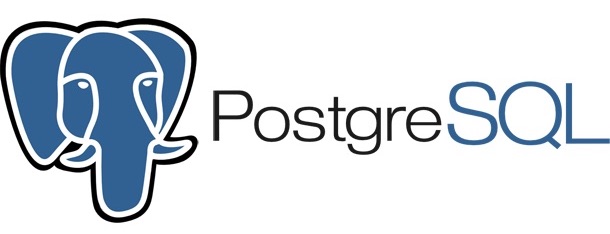Hi and welcome to the 3rd article of the MQTT Series. In this article we’ll start looking into more advanced, yet very commonly found scenarios in IoT workloads. We’ll discuss the scalability and availability of consumers and we’ll see different ways to implement a load balanced consumption layer, namely by implementing Worker Pattern / Competing Consumers Pattern with MQTT shared subscriptions.
fullstack thoughts









